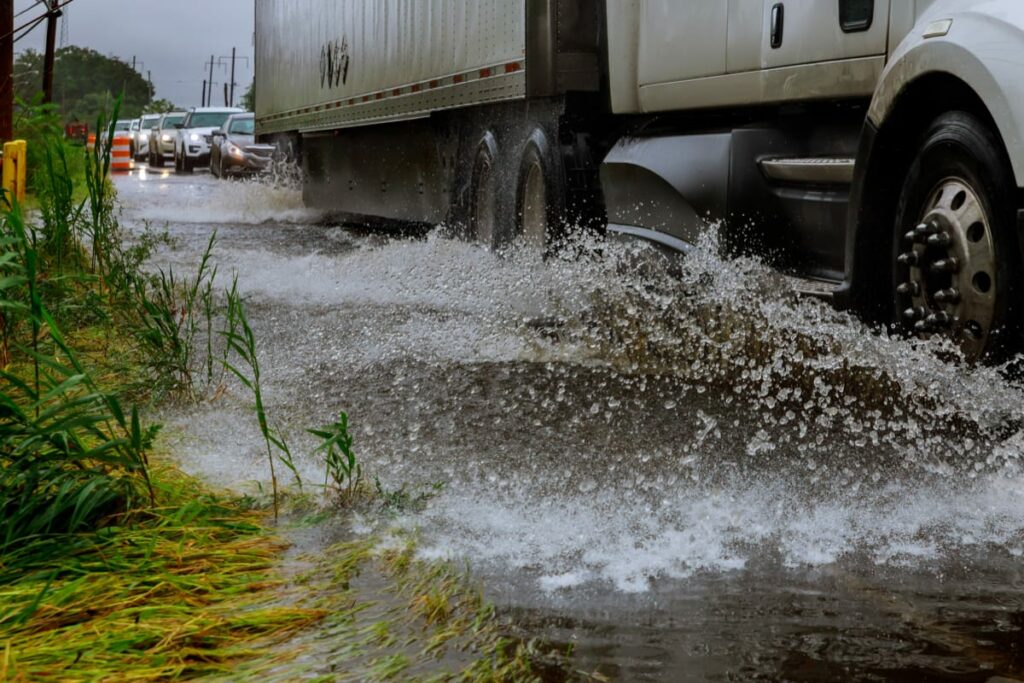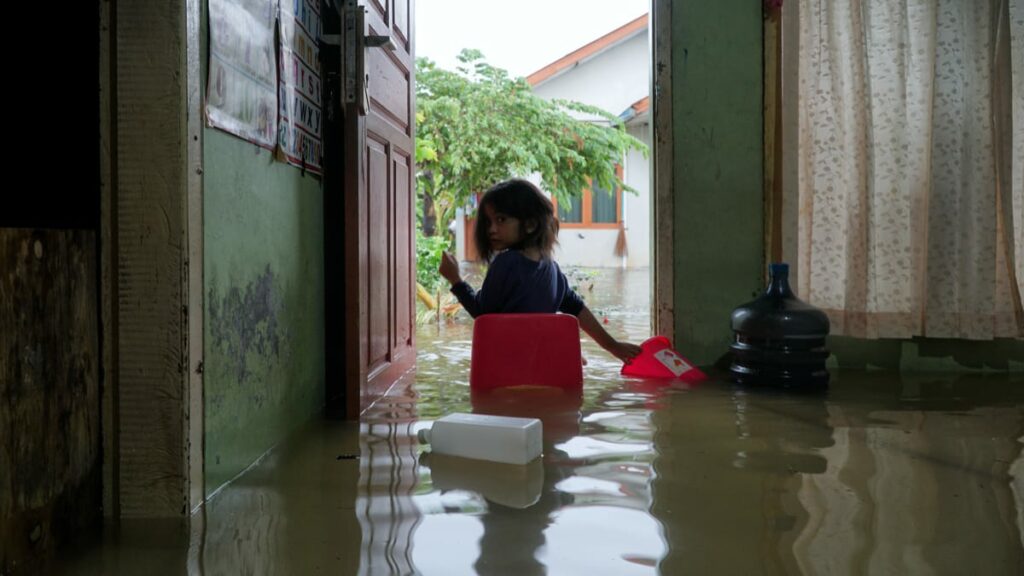Coastal flooding and inundation are increasingly common, especially in areas where water levels do not vary much. This year, high tides reached historic highs in 15 cities, with more than 600 instances of high-tide flooding recorded in recent years. The number of flood days is increasing in most cities, with some seeing increases up to 400%.
High-tide flooding is a symptom of climate change, and its frequency is increasing as sea levels rise. The rising sea levels increase the frequency and severity of high-tide flooding, disrupting coastal communities. In addition, the number of flooding days each year is twice as high as it was in 2000, and by 2050, the national median frequency is expected to increase by a further 2-3X.
While astronomical alignments do play a role in determining the height of tides, they aren’t the only factor. Large-scale changes in ocean circulation patterns and weather patterns can also affect the frequency of high-tide flooding. Recent studies have shown that the frequency of high-tide flooding during the El Niño periods increased beyond local trends at almost half of the locations studied.
In the United States, Charleston, South Carolina, and Miami, Florida will experience more frequent and severe high-tide flooding. This will worsen the already severe problems created by climate change. By 2050, high-tide flooding on the U.S. coast could increase 5-15 times.

Impacts on communities of color
Flood events disproportionately affect communities of color. Hurricane Katrina and Hurricane Harvey disproportionately affected the Black community in New Orleans and the Latino community in Texas. Similarly, Hurricane Sandy and Hurricane Florence disproportionately affected low-income communities in the metropolitan areas of New York and North Carolina.
Low-income and minority communities are more likely to live within a half-mile of an area at risk, causing significant traffic delays and lost work hours when a flooding event occurs. By the end of the century, the ocean is projected to inundate over 400 dangerous facilities. The rising tides and storm surges will wreak havoc on low-income housing, including substandard housing. Flooding also poses a health risk and disrupts the lives of families struggling to make ends meet. Even a nuisance flood can destroy cars and keep residents from getting to work or school.

The findings in the EPA’s report demonstrate that climate change policies must focus on the relative risks of racial and ethnic communities and not assume that every community is white or middle class. Communities of color already suffer from these impacts, and policies should be tailored to their unique risks and vulnerabilities. The report also shows that black communities have individual susceptibilities to these effects. For instance, they are 40 percent more likely to live in areas with the most significant projected increases in mortality due to climate-driven temperature change. Additionally, they may lose work hours due to extreme heat.
Coastal and inland flooding can cause direct exposure to contaminated floodwater and debris. These floods can exacerbate pre-existing medical conditions and lead to respiratory illnesses. Likewise, the flooding can hamper the response of emergency services, which can also cause property damage and economic disruption. People affected by floods may experience post-traumatic stress, anxiety, and depression despite these effects.

Predictability
Coastal and inland floods are dynamic processes with many interrelated factors. Developing and applying advanced numerical modeling techniques has increased our understanding of the causes and impacts of these natural disasters. The main challenges associated with these disasters include the uncertainty of initial forecasts and inland flooding, and coastal wind-wave-surge processes. In addition, climate models are predicting increasingly frequent and intense wet storms in the future.
Moreover, flood hazard is an essential factor in a range of investment decisions, affecting the lifespan of specific investments. While a complete understanding of flood hazards is not yet possible, tools are now available to help improve risk-management decisions.
Increasing population density and development along coasts increase the risk of coastal floods. Also, pumping groundwater in deltas causes subsidence, causing ground levels to fall one to four centimeters a year. The 2005 Bhola cyclone was the deadliest storm surge on record, killing more than 225,000 people in Bangladesh and more than 500,000 people in the surrounding countries of the Bay of Bengal.














